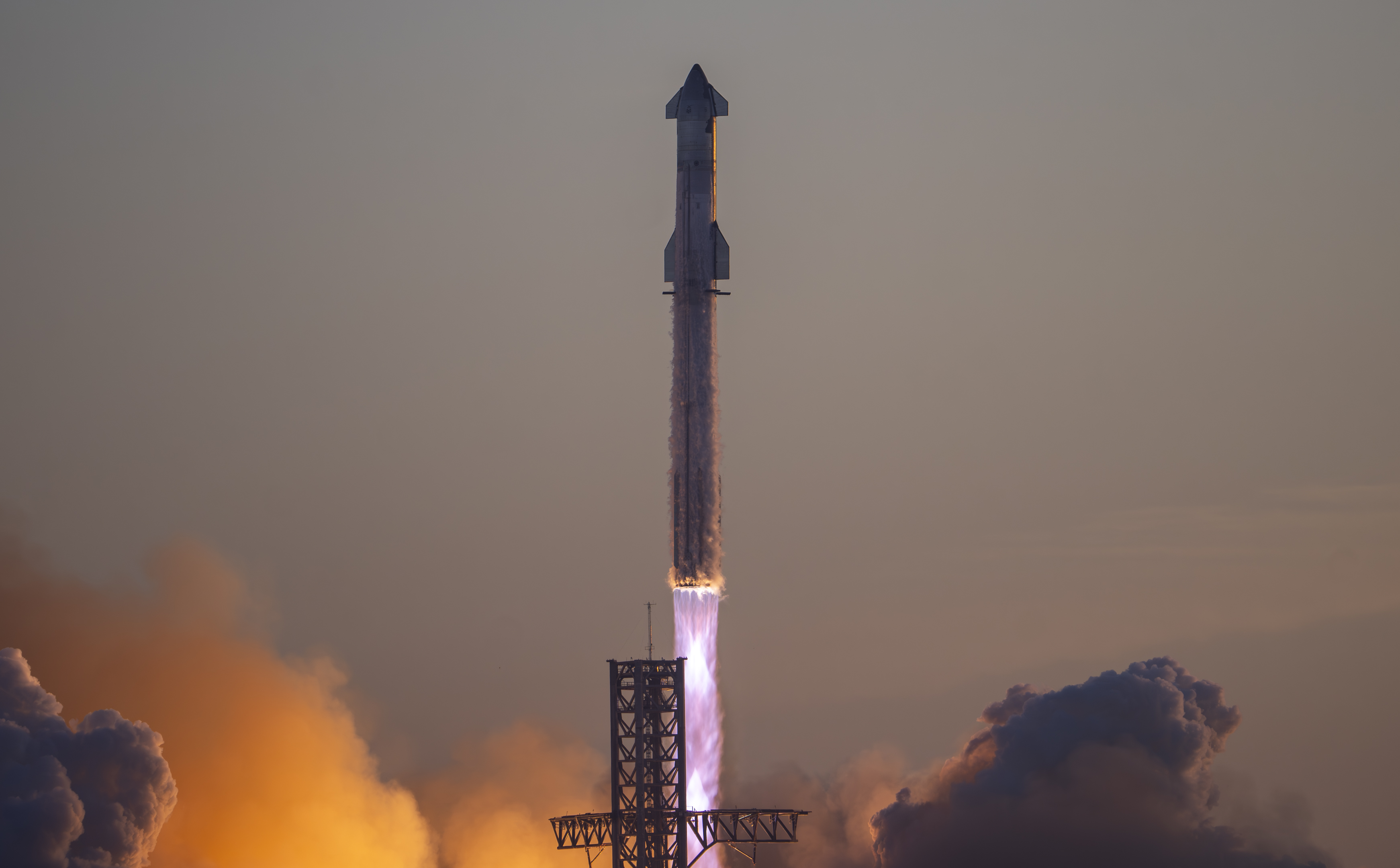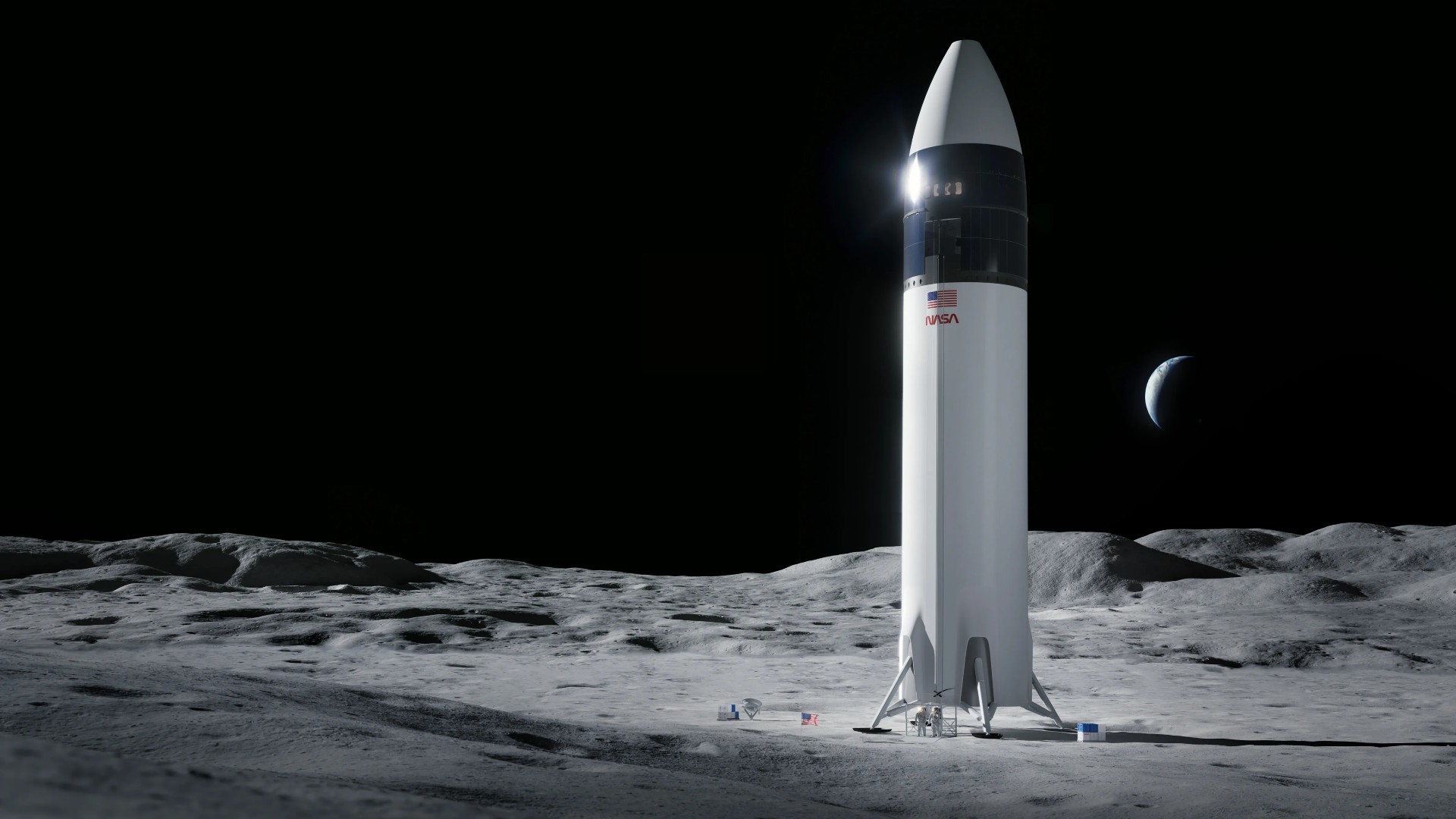SpaceX wants to expand Starship launch site with a Texas land swap
A public meeting on Jan. 25 will get feedback from locals.

SpaceX wants to do a land swap in Texas to "expand its operational footprint around its launch facilities" for its giant new Starship rocket, according to the state.
SpaceX plans to give 477 acres (193 hectares) to the Texas Parks and Wildlife Department near the Laguna Atascosa National Wildlife Refuge a little north of Boca Chica in coastal South Texas, according to state documentation. The town of Boca Chica is near where the company conducts Starship launches and testing. In exchange, the department would grant SpaceX 43 acres (17.4 hectares) from Boca Chica State Park, closer to the Starship area.
A public meeting is planned on Thursday (Jan. 25) to discuss the matter. You can submit your comments online through local business hours in Texas on Wednesday (Jan. 24).
The land discussion once again brings into focus SpaceX's ongoing activities in the environmentally sensitive area around its South Texas facilities, while the company works on lucrative contracts tied to Starship. SpaceX's Starship system has been tasked by NASA to take astronauts to the surface of the moon on the Artemis 3 mission in 2026, in the first of what may be a series of lunar landing opportunities for SpaceX.
But to get approval for lunar excursions, SpaceX needs to certify Starship with numerous launches; earlier this month, NASA pushed back its Artemis landing schedule by at least a year to accommodate numerous issues. A crewed round-the-moon mission known as Artemis 2 has faced technical issues, while SpaceX's Starship and spacesuits built by Axiom Space will likely not be ready in time for the previous 2025 Artemis 3 landing timeline, NASA officials have said.
Starship, the most powerful rocket in the world, has not yet reached space. But two previous launch attempts — and years of testing besides — have generated reports of controversy among local residents.
Breaking space news, the latest updates on rocket launches, skywatching events and more!
The agenda for the public meeting on Thursday notes that part of the state's rationale for receiving the acreage near Laguna Atascosa, however, is that the swap would give Texans the chance for recreational activities such as "hiking, camping, water recreation, and wildlife viewing." The newly protected land would also meet environmental needs by allowing "greater conservation of sensitive habitats for wintering and migratory birds."
Related: Environmental groups sue FAA over SpaceX Starship rocket
SpaceX has held land in the state of Texas since 2003, initially focusing on a test site west of Waco, according to the San Antonio Express-News in a July 2013 report. Company founder and CEO Elon Musk spoke with the Texas legislature at that time about his plans to transform the Boca Chica area, described as "a strip of salt flats" by the newspaper, into an area now used for Starship launches and other testing.
Boca Chica area purchases have been ongoing since at least 2014, according to a report in the Austin American-Statesman from that July. The purchases were made through the SpaceX subsidiary Dogleg Park LLC, the Statesman report stated, citing public records in turn quoted by the Brownsville Herald.
Some of those purchases have been made directly to local homeowners, with one NBC report from 2019 suggesting that residents received offers from SpaceX of up to triple the value of their properties (per appraisals the company had commissioned).
SpaceX's activities on lands it does not own have also generated controversy. For example, one tract of land it leased near Brownsville fell under a complex legal dispute concerning oil and gas rights and proper use of the land, according to a 2021 report from MySanAntonio.com.
Meanwhile, SpaceX's launches near Boca Chica beach (along with resulting closures for launch activities) have drawn repeated concerns from environmental groups, as well as Native American tribes from the region that say they have used the land for generations.
The first space launch attempt of SpaceX's Starship, on April 20, 2023, generated flying concrete debris chunks as the rocket's first stage, powered by 33 Raptor engines, blasted out a a big crater beneath the pad. After Starship's second launch, on Nov. 18 of year, Musk said on X (formerly Twitter, which he also owns) that there was no pad damage after SpaceX installed a water-spewing steel plate underneath the pad.
That said, the first Starship space attempt is still under legal dispute. A lawsuit filed against the Federal Aviation Administration (FAA) in 2023, by a coalition of environmental groups and Native American tribes, claimed the agency didn't fully consider what environmental damage would be caused by SpaceX's first space launch attempt. That case is ongoing. New legal claims from the same coalition were filed in December 2023 following the second launch, according to a report from the Express-News.
The FAA individually approves each Starship launch after consultation with other government departments and agencies, including environmental authorities. Per its mandate, the agency has also said it will oversee a SpaceX-led "mishap investigation" to "ensure SpaceX complies with its FAA-approved mishap investigation plan and other regulatory requirements," the agency wrote via X on Nov. 18, after the second launch attempt. At the time, there were no reports of injuries or public property damage due to the flight, the FAA added in another post.

Elizabeth Howell (she/her), Ph.D., was a staff writer in the spaceflight channel between 2022 and 2024 specializing in Canadian space news. She was contributing writer for Space.com for 10 years from 2012 to 2024. Elizabeth's reporting includes multiple exclusives with the White House, leading world coverage about a lost-and-found space tomato on the International Space Station, witnessing five human spaceflight launches on two continents, flying parabolic, working inside a spacesuit, and participating in a simulated Mars mission. Her latest book, "Why Am I Taller?" (ECW Press, 2022) is co-written with astronaut Dave Williams.


